by Jamil Akhtar, UNDP Pakistan
From Destruction to Development
March 27, 2023
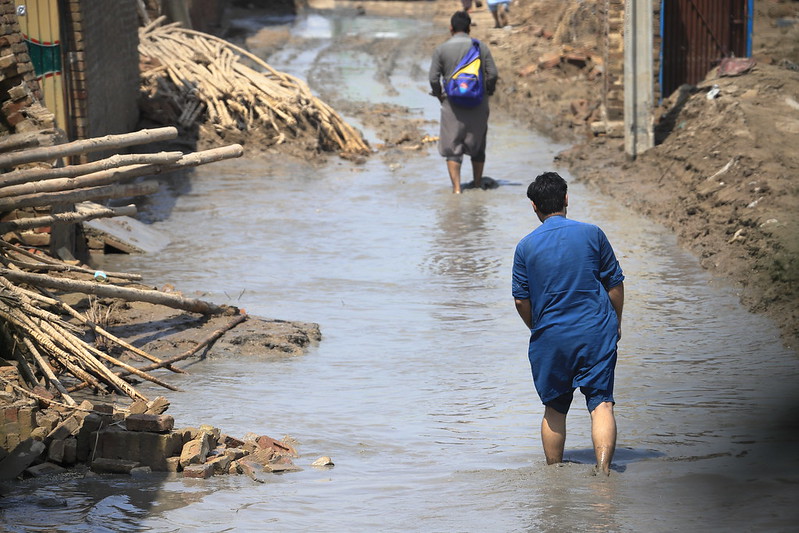
The devastating floods of September 2022 were the worst disaster to hit Pakistan in recent history. An unprecedented level of monsoon rains wreaked havoc, followed by catastrophic flooding. Though this calamity affected the whole country, the southern part of Punjab, eastern part of Balochistan and western part of Sindh faced the worst of it.
It has been six months since the cataclysm and parts of Sindh are still underwater. However, as soon as the water started receding, UNDP Pakistan sprang into action to support early recovery of the affected people. For this purpose, District Kachhi in Balochistan and District Dadu in Sindh were selected.
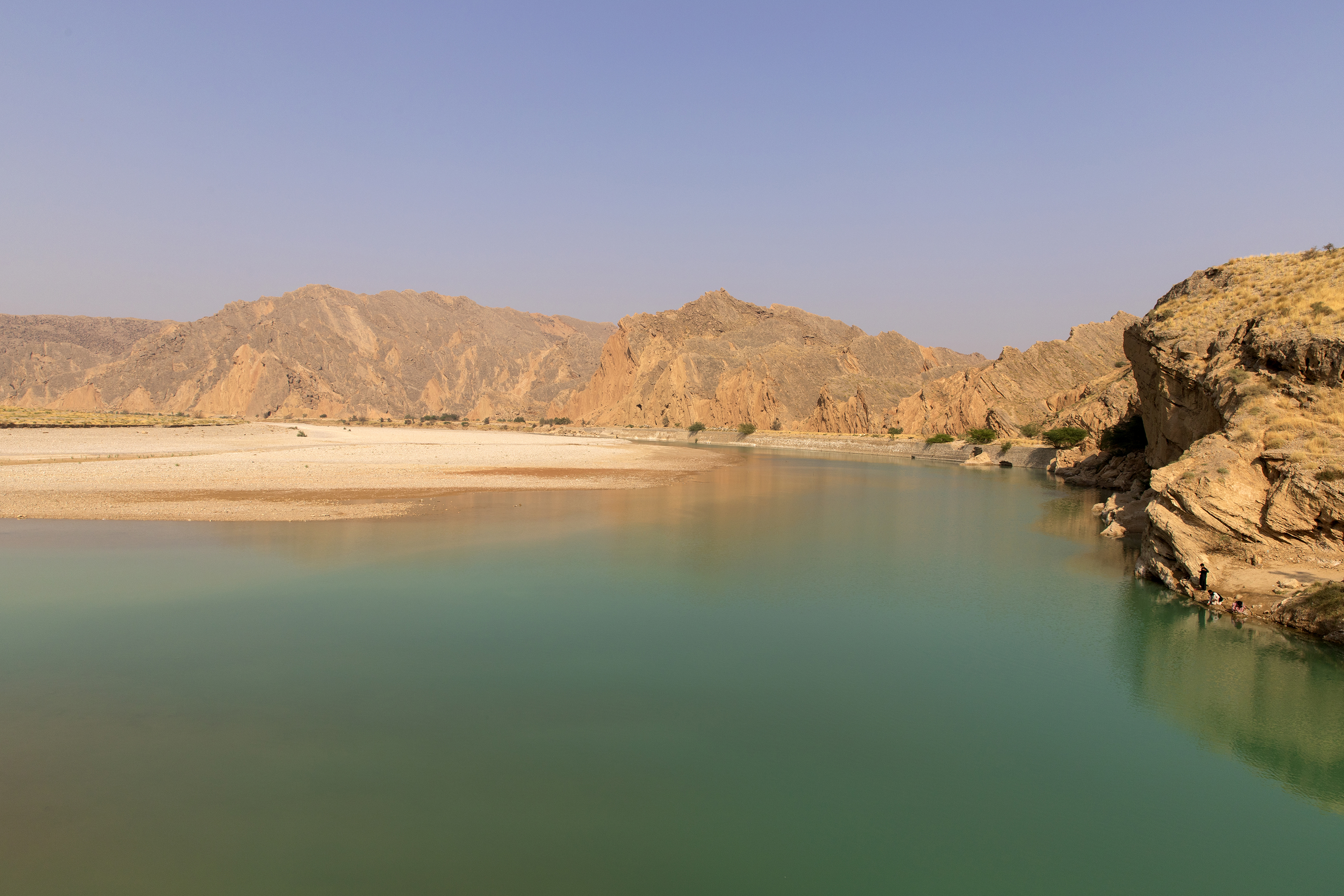
Nari Gaj Dam on Bolan River, Sibi
The Kachhi plains are a dry and arid region where drinking water is scarce. When the Bolan River that passes north of Sibi overflowed, the region was inundated and whole villages were annihilated. Not only people lost their earthen homes, but the flood also swept away their water channels and devastated their ponds.
Traditionally, the people of Kachhi build little ponds by their villages. These ponds collect rainwater water which is consumed by humans and animals alike, directly from the source. The water table is quite low, hence hard to reach by digging a well, and too saline to drink.

A pond in village Mongar, Tehsil Bhag, District Kachhi
Remaining true to the “Build Forward Better” approach, UNDP Pakistan decided to tackle this problem with an innovative solution. First the damaged ponds were repaired or dug up anew so that they could collect water. Soon, the water from the pond seeps into the surrounding ground. Then, shallow wells are dug near the ponds. A filtration mechanism is also built into the pipes laid into the bore. A solar powered pump is installed to draw water. A large circular tank is built to store water. From one central location, water is supplied to nearby hamlets. At each hamlet, a smaller tank, a filling station and a washing pad is also built.
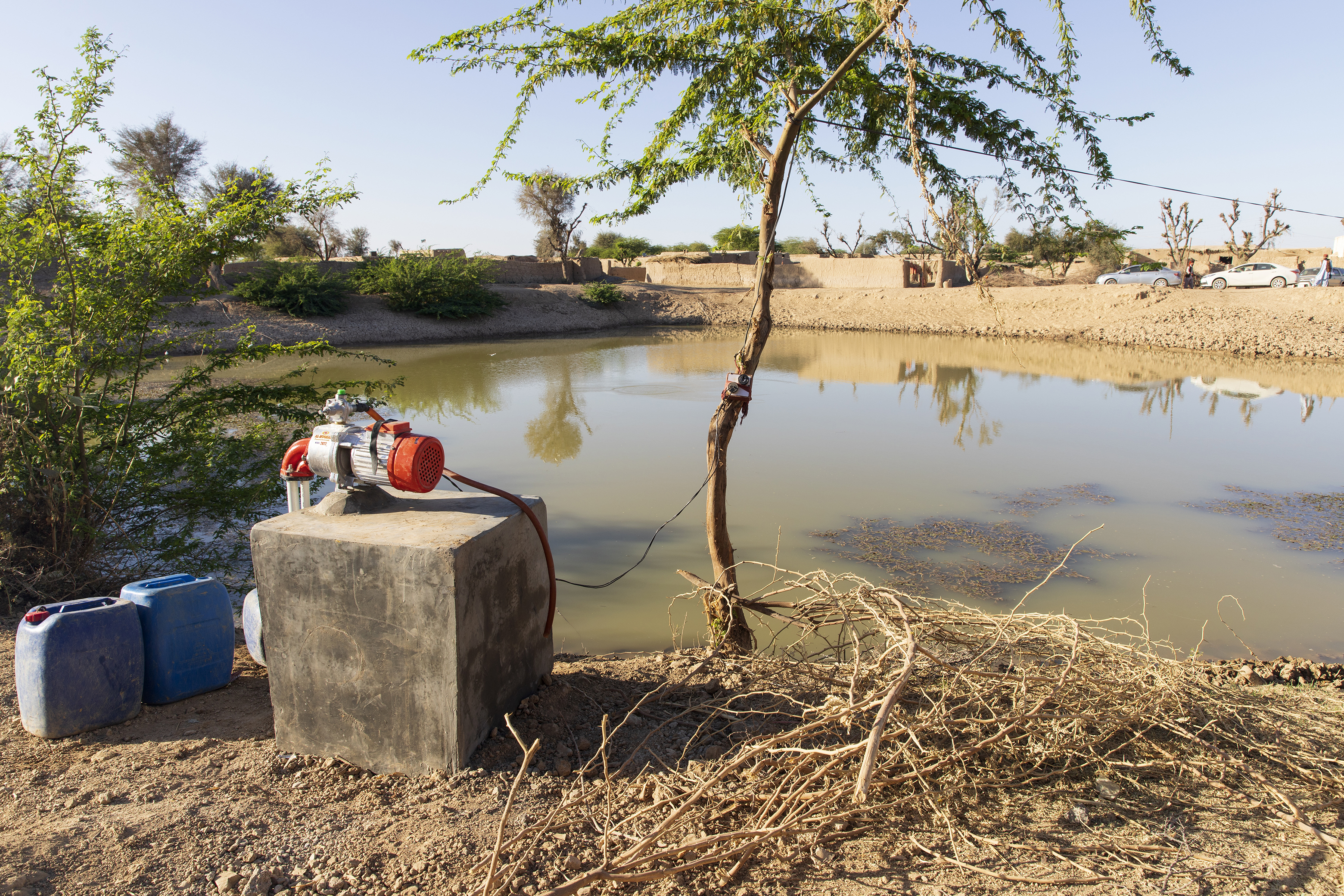
A shallow well by a pond
Ten such schemes have been installed in different parts of District Kachhi, with the help of UNDP’s implementation partner Taraqee Foundation.
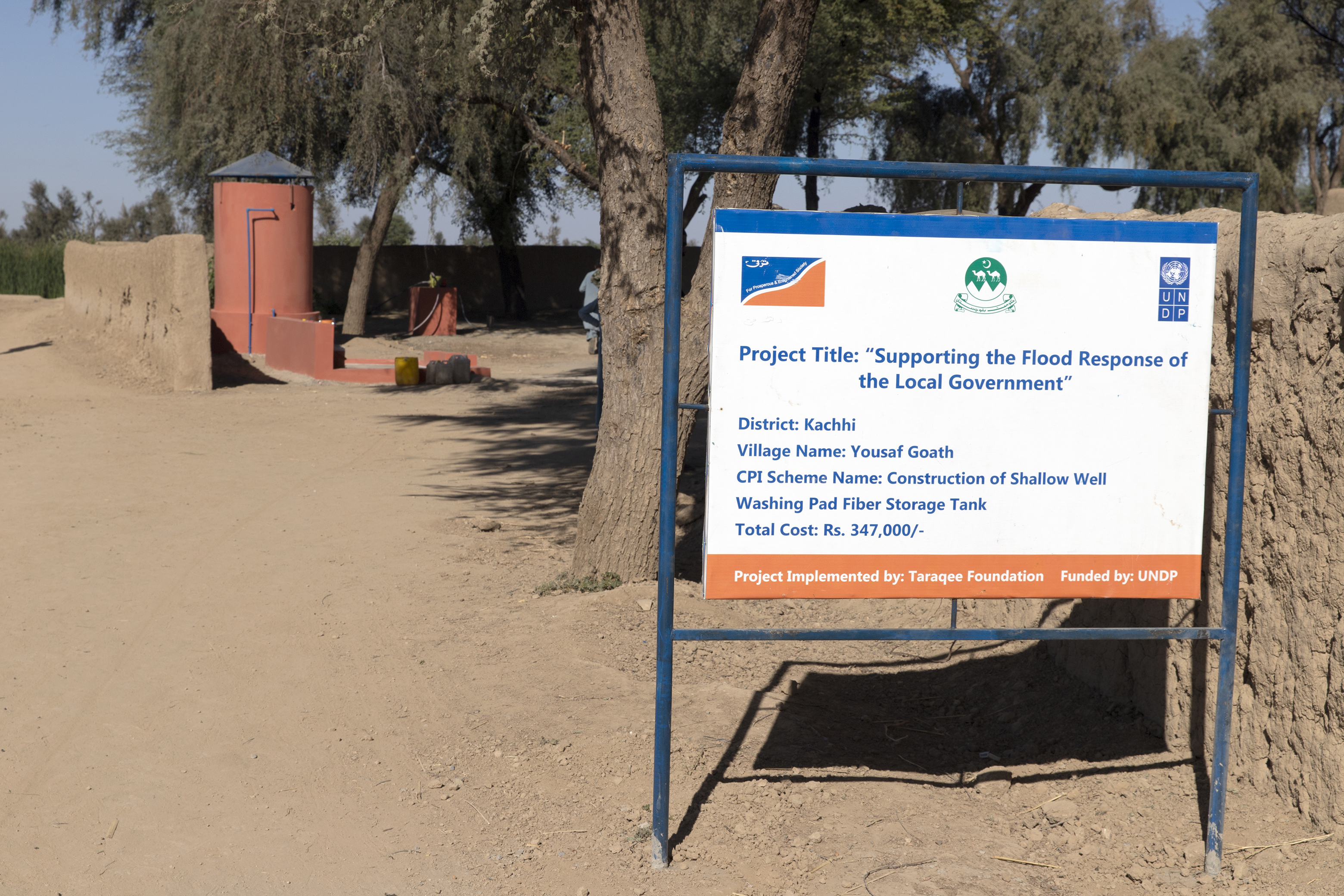
In addition to these water supply schemes, Cash-for-Work grants have also been given to people to rebuild their houses. In these schemes, the work required for rebuilding is estimated and the owners are paid for that amount of work so that they can rebuild their houses themselves.
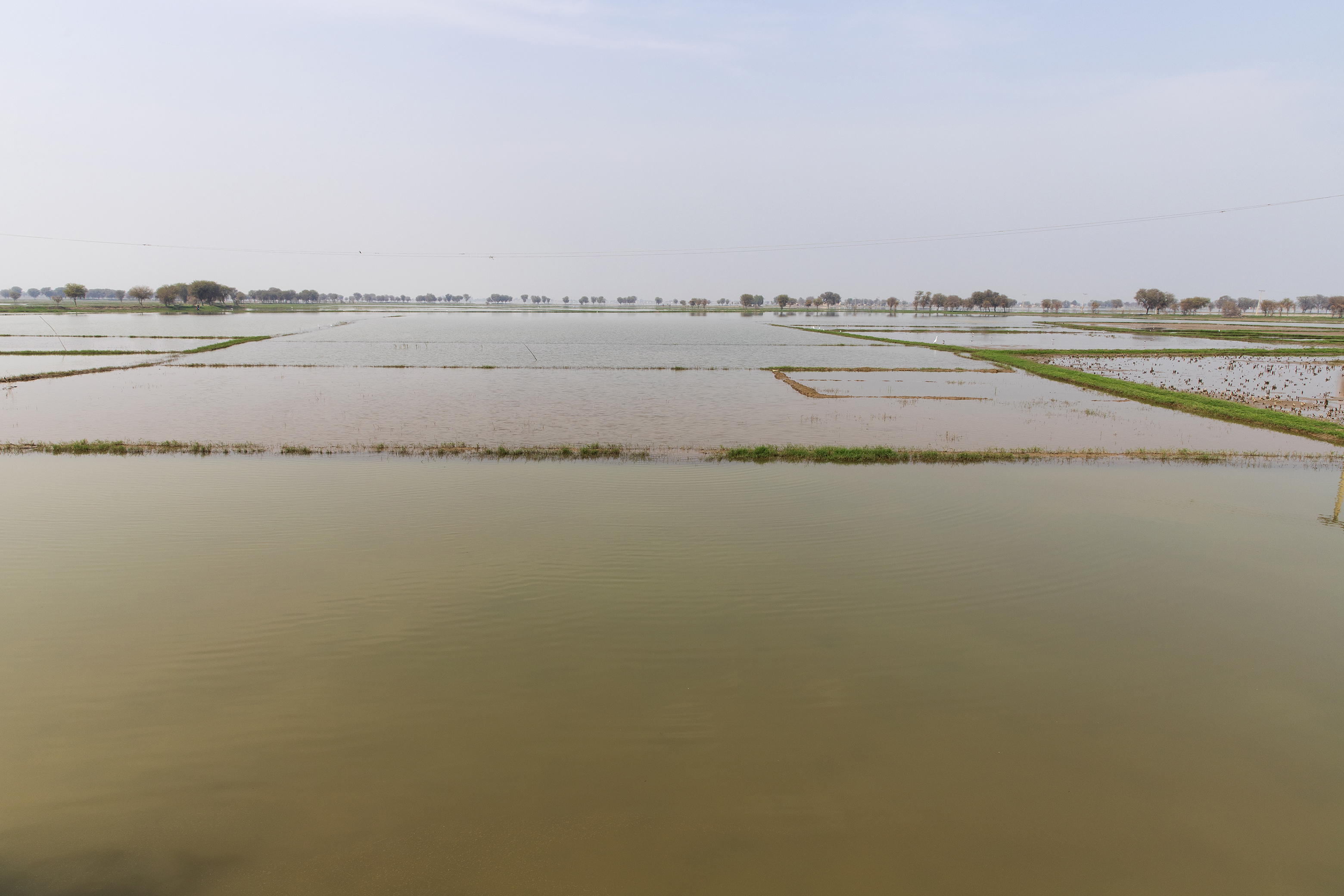
Six months after the flood, certain areas of Dadu are still under water
In Sindh, District Dadu saw a lot of devastation because of its proximity to River Sindh. Completely undoing the effects of the flood would take years of effort. But to jumpstart the work, UNDP chose the village Khoundi in Tehsil Meharr, in association with its implementing partner Islamic Relief.
This village was among the most affected ones. People lost their homes, livestock and livelihoods. The already frail infrastructure was completely washed away. To initiate work, Village Development Committees were formed. These committees highlighted the work needed, engaged the community to work and pointed out the most affected people.
After the quick initial planning, work was started. The community came together to rebuild the streets, the people started rebuilding their homes and restarted their businesses. There was a palpable sense of excitement and optimism in the air. At the time this article was written (March ’23), this rebuilding project was near completion and the community was all set to start a new life.

People of Khoundi working together to pave their streets
As mentioned before, these projects were started as an emergency response. UNDP Pakistan intends to keep contributing towards rebuilding the flood affected areas and hopes to undertake many new projects at a much wider scale.
* * *
Author & photographer: Jamil Akhtar is an international award-winning writer and photographer with extensive experience in different aspects of communication. He also consults for UNDP Pakistan. Jamil can be reached at info@jamilakhtar.photography & followed on Twitter @ClickScribble

 Locations
Locations



